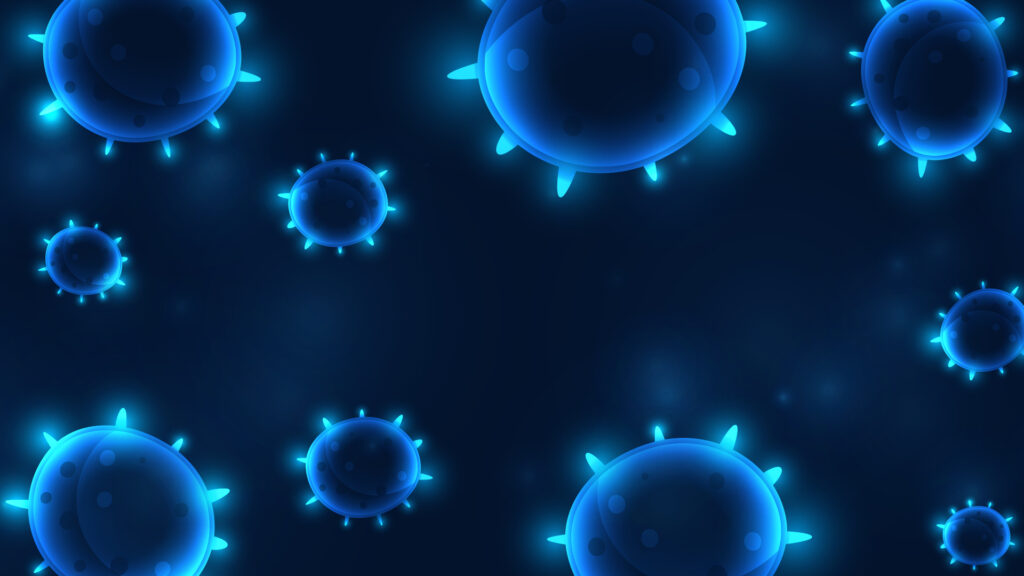AngioScan and COVID-19
AngioScan suddenly in high demand for its potential in monitoring COVID-19 symptoms.
The device have been getting attention lately for its potential to help monitor symptoms of COVID-19 at work place or home. AngioScan measures 12 vital functions in the human cardiovascular system including the percentage of oxygen in your blood, by shining a light into your finger.
According to the British Lung Foundation, the normal blood oxygen saturation level for someone who’s healthy will be around 95–100%. If the oxygen level is below this, it can be an indicator that there is a lung problem.
A level below 92% (or 88% for people with chronic obstructive pulmonary disease – COPD) would suggest someone is seriously ill and may need supplementary oxygen or to be monitored in hospital.
One of the many strange things about this new coronavirus is that some patients with very low blood oxygen levels (which require medical treatment) aren’t always aware of it. They may not feel particularly unwell or have other symptoms of low oxygen levels.
This has led some doctors to suggest that monitoring the oxygen saturation in the blood might help people track Covid 19 symptoms.
As official advice tells us to monitor COVID-19 symptoms wherever possible, a health check that tells you about your blood oxygen levels sounds like something which is definitely worth considering.
What does AngioScan do?
The device detects the percentage of your red blood cells carrying oxygen, or blood oxygenation.
Plus:
- pulse rate;
- augmentation index;
- analysis of pulse wave shape;
- biological age of the vascular system;
- stiffness of arterial wall;
- reflected wave index;
- ejection duration;
- amplitude and timing of early and late systolic waves;
- central arterial pressure;
- stress index and other parameters…
Can AngioScan diagnose COVID-19?
There has been some confusion over this, but the answer is NO.
AngioScan may signal issues with blood oxygen levels, which could be related to coronavirus, but it’s only one part of a wider diagnostic picture. The device is not intended to be used for medical purposes, or to diagnose, treat or cure any disease or condition.
AngioScan is a monitoring and early-alert device and can literally be a lifesaver.
Usually, dangerously low blood oxygenation levels are associated with labored breathing to the point where it’s hard to speak in full sentences. With coronavirus, however, this is not necessarily the case. Covid-19 patients may be breathing fairly comfortably but their oxygen saturations are much lower than expected.
The term for low blood oxygen levels is hypoxemia. In this condition, your body’s organs may not work right. Severe cases can interfere with heart or brain function.
Anecdotally clinicians are detecting people with symptoms of Covid19 infection but not experiencing shortness of breath, who then on performing an assessment are found to be hypoxic.
These patients don’t struggle to breathe—but COVID-19 is still starving them of oxygen. One alarming symptom robs many patients of blood oxygen well before they notice.
The overlooked feature of COVID-19: Silent Hypoxia.
Unlike many other respiratory diseases, COVID-19 can slowly starve the body of oxygen without initially causing much shortness of breath. Silent hypoxia has surprised many doctors. Scientists are still trying to come to grips with exactly how COVID-19 ravages the body, and why this disease, in particular, can quietly take your breath away.
Why are AngioScan tests suddenly getting so much attention?
COVID-19 can bring on what’s called COVID pneumonia — an infection in which the lung’s air sacs fill with fluid or pus. And it’s possible that someone infected with the novel coronavirus might be in the early stages of COVID pneumonia – including a drop in blood oxygen level — without experiencing any difficulty breathing.
AngioScan might signal that you’re in trouble before you realize it.
The disease kills by silently causing a decrease in oxygen.
We are concerned that people being either falsely comforted or unnecessarily alarmed. What we don’t want to happen is that people are in real distress but think that they are fine.

